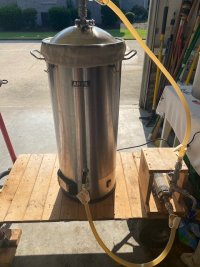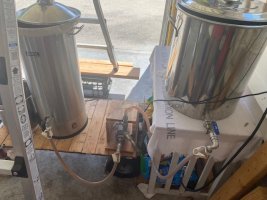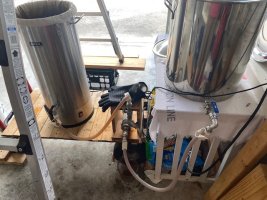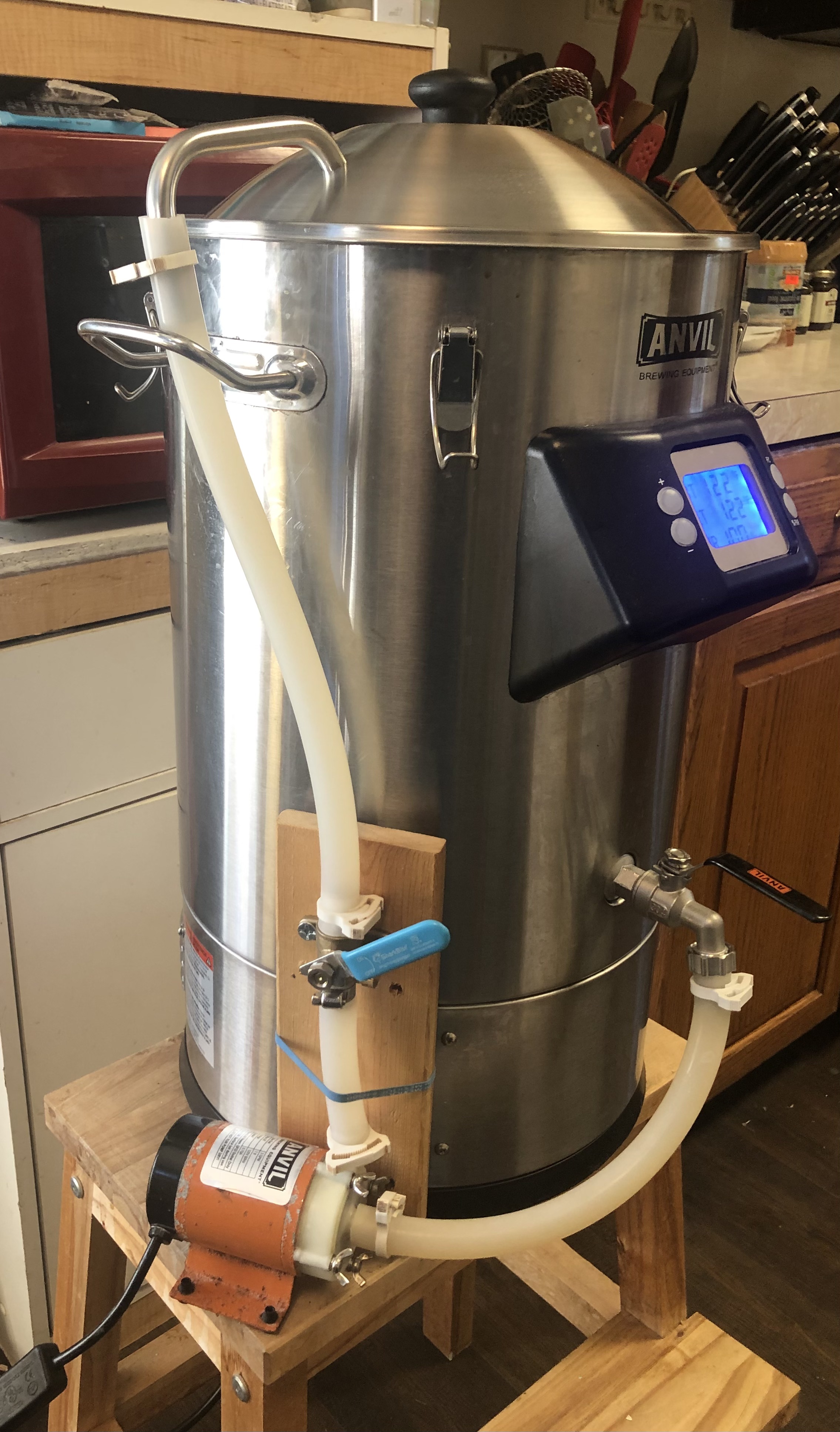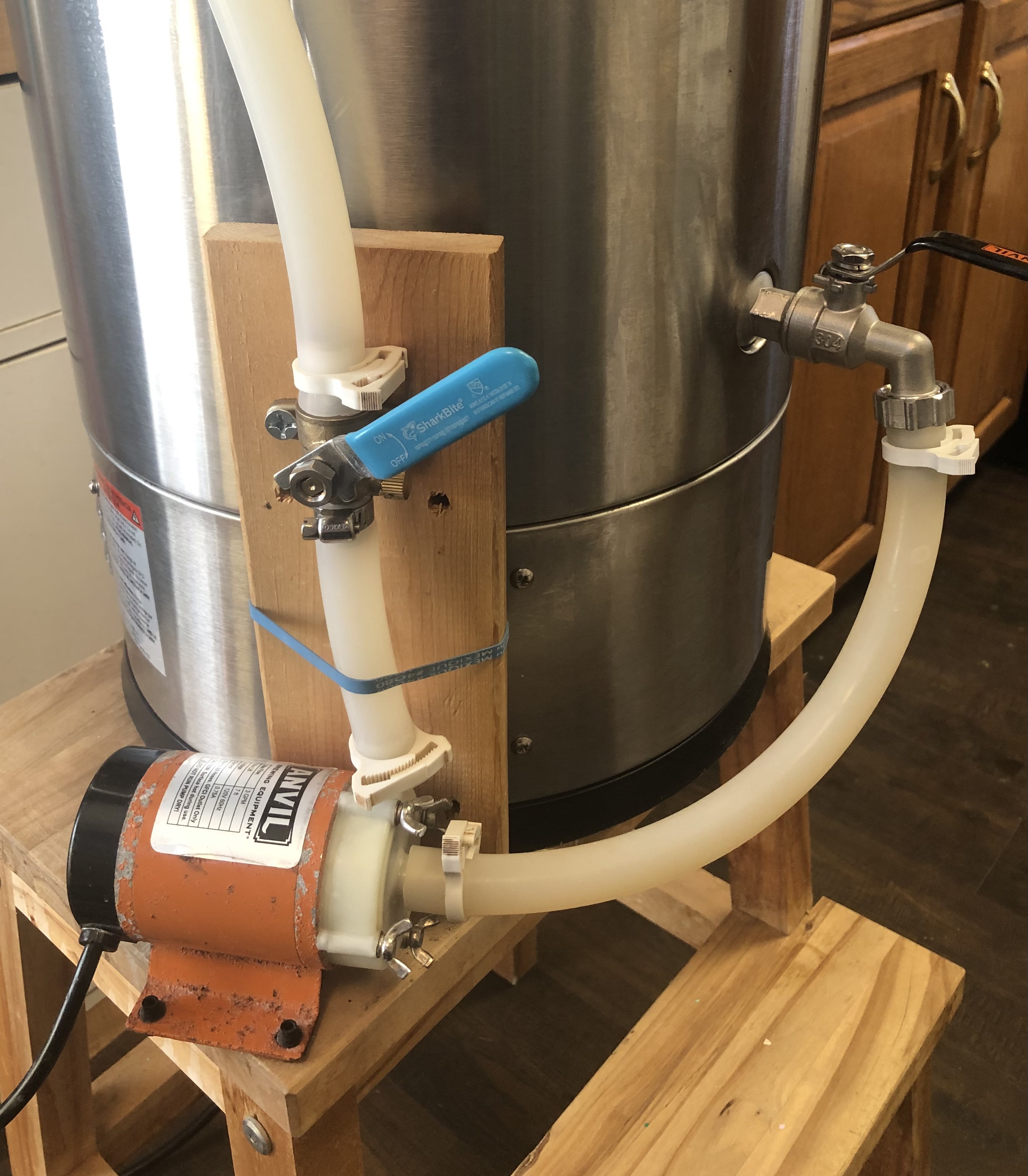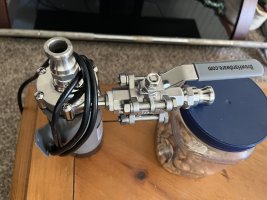I use the pipe for like 5% beers, since the water / grain ration *inside* the pipe itself stays good. For heavier beers or Imperials it's bag and false bottom.
Theoretically the bags won't burn, but the grain will, and so in the end it's kind of the same thing anyhow.
I've slowly gone away from sparging. With a generous squeeze, there's hardly anything worth getting out. For the very rare time I sparge I use a bag, squeeze the grain over the kettle, move the bag to a pot of water, dunk / stir / squeeze again, and then pitch what I collected into the Anvil.
I'm a convert, and it took a while, but sparging... not needed / not worth it.




![Craft A Brew - Safale S-04 Dry Yeast - Fermentis - English Ale Dry Yeast - For English and American Ales and Hard Apple Ciders - Ingredients for Home Brewing - Beer Making Supplies - [1 Pack]](https://m.media-amazon.com/images/I/41fVGNh6JfL._SL500_.jpg)




















































